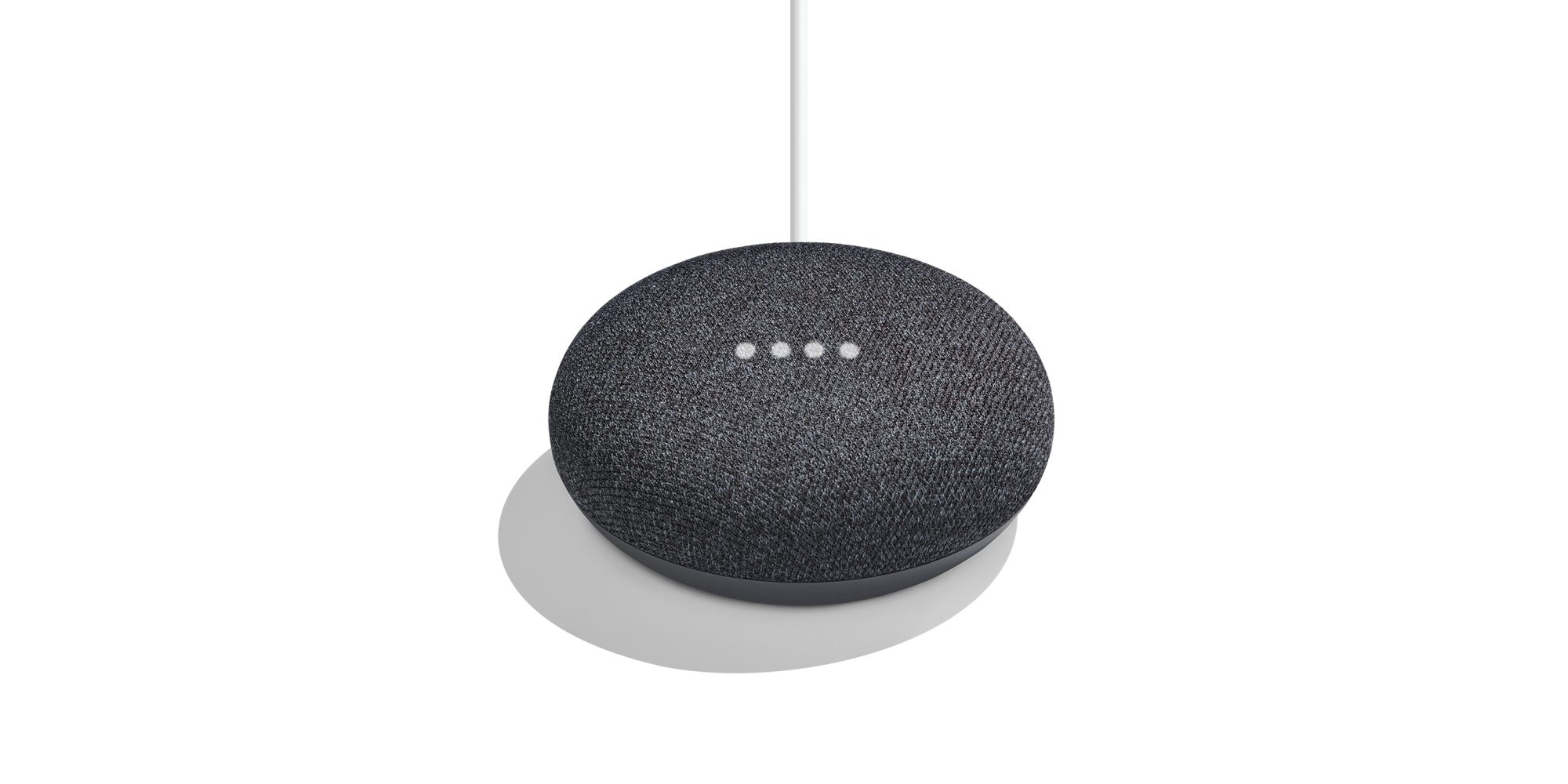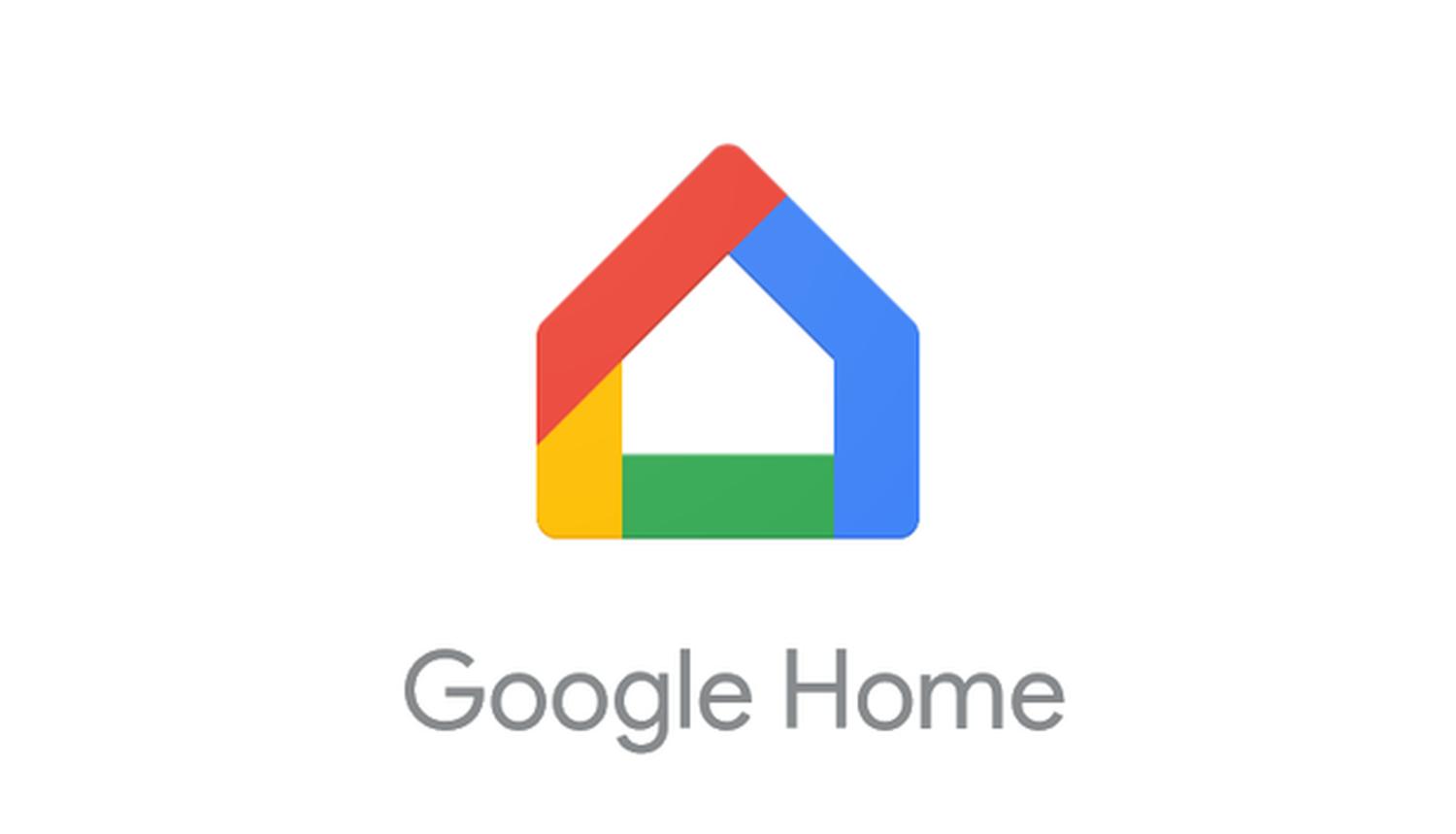Table of Content
The largest of the three Google Home devices, the Max has two woofers and two tweeters, can also be paired with a second unit to deliver true stereo sound. It also has USB-C and a 3.5mm audio jack , so you can connect it to your home entertainment system. The original Google Home delivers better sound than the Mini, which makes it a better device for those looking for a smart speaker that can be used to host an impromptu party. The vase-like design of the original Home is also intended to stand out more, stylistically—especially because you can swap out its base in one of several different colors. With the launch of the Mini and the Max, there are now three Google Home devices from which to choose.
One of the characteristics that the Home Mini offers is to stream music from multiple portals such as Spotify, YouTube Music, iHeartRadio, and so on. However, if you are merely using it as for music then you are undermining its potential. As it can be voice-activated, you can command it to perform simple tasks such as setting alarms, a sleep timer, arranging schedules on your calendar, and getting the weather report. It also provides a wide variety of functions including controlling home gadgets, creating schedules and calendar appointments, and locating smartphones that you had misplaced. Simply said, it provides all the functionalities of the Google Home in a way smaller package. Below is a rundown of the speaker’s top attributes and more details.
Price List by Country for Google Home Mini
The low price point makes the barrier to entry a smaller pill to swallow, much like the Echo Dot compared to its bigger brother. The Google Home devices also provide an auditory interface for other smart home devices, such as lights, locks, and plugs. While not as extensive as those that connect to Alexa, the list of Google Home-compatible devices is growing.
Fortunately, the Google Nest Mini is also in the same price range, making it a fantastic deal for those looking for an improved speaker function without the added cost. When considering the design, these two have the same design and same size with the same stylish fabric grille and four- LED display. And also, they are both circular with material covering and have LED lights on top that turn on when Google assistant is enabled. Google Nest Mini and Google Home Mini are some of the most winning smart speakers introduced by Google. Also, the Google Home Mini is the first generation of the Google Smart speaker, and the Google Nest Mini is the second generation of the Smart speaker. As for the Mini, it’s not quite meant for music listeners, but rather Google Assistant aficionados that want a dedicated voice assistant in more rooms in their house.
Sign in
Instead, you switch the mic off, then press and hold the center of the speaker when the LED lights turn orange and hold for 10 seconds. If you’re resetting, don’t get these two different processes confused. Jill Duffy is a writer covering technology and personal productivity.

Several touch controls for volume, play/pause, and asking questions. Follow these prompts and your HomePod will automatically connect to the same network from your mobile device. With Google Home, your Nest and Matter devices work together reliably to help with your household needs. Just look for smart devices with a Works with Google Home or Matter badge.
Here's how the two smart speakers stack up.
Its voice recognition system is sensitive enough to detect your voice even if you are shouting from across the room. The Home Mini comes with only one speaker, so it is understandable that the volume is considerably low compared to its larger sibling with three speakers. However, it is still sufficient for listening to music, podcasts, etc.

The Google Home Mini is primarily a voice-enabled assistant for your home; the larger Google Home is designed to add music to the equation. In our opinion, Google Home's better speaker is worth its higher price. Apple's Home app is a great controller for all compatible smart home devices, if you have a HomePod, HomePod Mini, or Apple TV 4K to use as a hub. We'll walk you through adding a HomePod to the Home app and getting connected to Wi-Fi. For those looking to save a few bucks, the $49 Google Home Mini is your best best.
Google Home Mini vs Google Home: Buttons, ports, and interface
The Nest Mini still has a 40mm driver, but Google reports that it redesigned the sound system to provide bass that’s twice as strong as the original model. This is hard to judge when the specs are the same, but there is a notable sound improvement. However, neither model will get close to the level of performance that a full smart speaker can reach, so they aren’t great for room-wide music.
With so many new Smart devices on the market, you might be wondering where to begin and which ones are actually worth purchasing. Fortunately, we’ve put two of the best smart speakers to the test to find the pick of the bunch. Unfortunately, this version of the Home Mini only has a micro-USB port for power, so you will need Bluetooth wireless headphones to connect to it . We will also note that factory resets are different between the two devices. For the Home Mini, there’s a tiny factory reset button just below the power cord that you hold down for 10 seconds.
The controls are awkward compared to Google Home's smooth touch controls. Once your HomePod is paired with your iPhone or iPad, it's time to customize settings and preferences for your device. Simply follow the prompts and instructions on your mobile device to finish setting up your HomePod. When you click through from our site to a retailer and buy a product or service, we may earn affiliate commissions. This helps support our work, but does not affect what we cover or how, and it does not affect the price you pay. Neither ZDNET nor the author are compensated for these independent reviews.

However, it still provides a pretty robust music-listening experience. So it’s still worth buying if you’ll use it for that, especially with the price tag of the Max being so much higher and not really worth it for most casual users anyway. He oversees all evergreen content and oversees the Homes, Smart Home, and Fitness/Wearables categories for the site. In his spare time, he also tests out the latest drones, electric scooters, and smart home gadgets, such as video doorbells. Before his tenure at Tom's Guide, he was the Reviews Editor for Laptop Magazine, a reporter at Fast Company, the Times of Trenton, and, many eons back, an intern at George magazine. He received his undergraduate degree from Boston College, where he worked on the campus newspaper The Heights, and then attended the Columbia University school of Journalism.

No comments:
Post a Comment